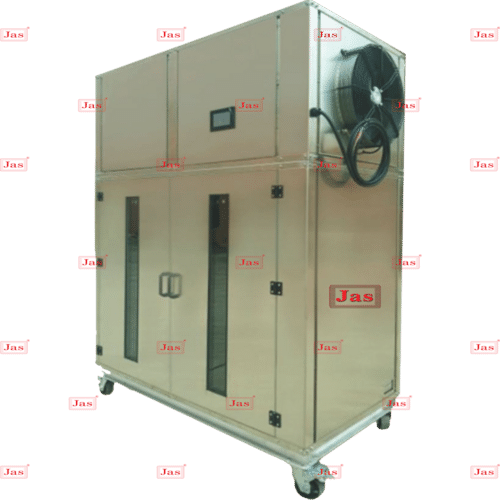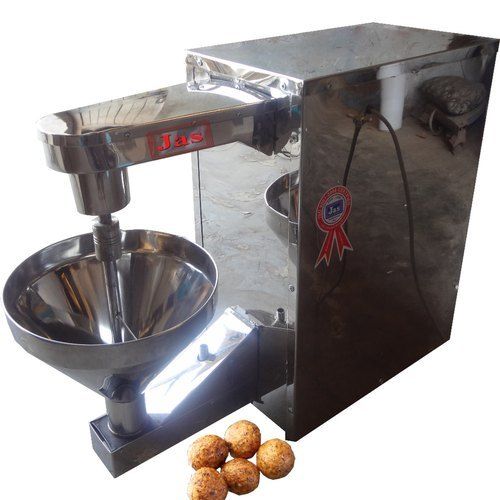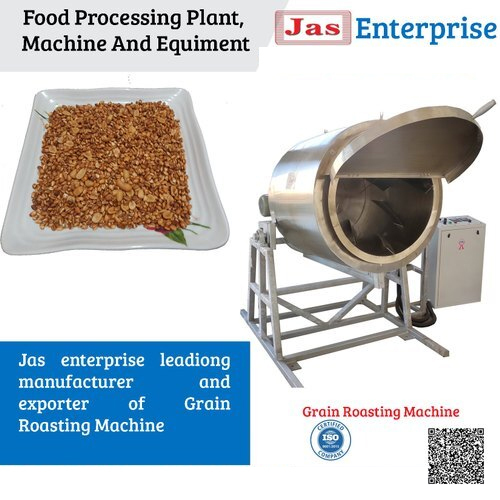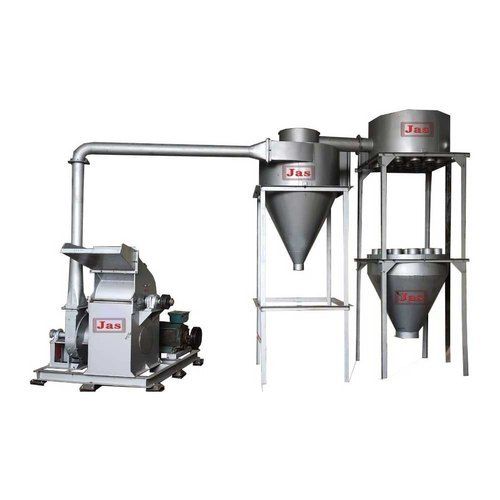Sawdust Dryer Machine
390000 INR/Unit
Product Details:
- Capacity 30-2500 Kg/hr
- Automatic Yes
- Voltage 230/440 Volt (v)
- Feature ECO Friendly Low Noice Lower Energy Consumption Compact Structure High Efficiency
- Click to View more
X
Sawdust Dryer Machine Price And Quantity
- 1 Unit
- 390000 INR/Unit
Sawdust Dryer Machine Product Specifications
- ECO Friendly Low Noice Lower Energy Consumption Compact Structure High Efficiency
- Yes
- 230/440 Volt (v)
- 30-2500 Kg/hr
Sawdust Dryer Machine Trade Information
- Cash Against Delivery (CAD) Cash Advance (CA) Cash in Advance (CID) Cheque Western Union
- Asia Australia Central America North America South America Eastern Europe Western Europe Middle East Africa
- All India South India Central India West India North India East India Gujarat Karnataka Kerala Lakshadweep Mizoram Meghalaya Manipur Andhra Pradesh Bihar Chandigarh Daman and Diu Goa Jharkhand Odisha Punjab Assam Delhi Dadra and Nagar Haveli Andaman and Nicobar Islands Arunachal Pradesh Chhattisgarh Haryana Himachal Pradesh Jammu and Kashmir Madhya Pradesh Maharashtra Nagaland Rajasthan Sikkim Tamil Nadu Telangana Tripura Pondicherry Uttar Pradesh Uttarakhand West Bengal
- ISO
Product Description
Types of Sawdust Dryers:
-
Rotary Drum Dryer:
- How It Works: A rotating drum tumbles the sawdust while hot air is blown through it. This method is efficient for large quantities and is suitable for continuous operation.
- Pros: High capacity, efficient drying, and can handle varying sizes of sawdust.
- Cons: Requires significant space and energy.
-
Airflow Dryer:
- How It Works: Hot air is passed through a stream of sawdust. This type is often used for smaller quantities and can be more compact.
- Pros: Compact size and lower energy consumption.
- Cons: Less efficient for large volumes and may require more frequent maintenance.
-
Flash Dryer:
- How It Works: Sawdust is suspended in a hot air stream and dried rapidly. This is ideal for fine sawdust and smaller volumes.
- Pros: Fast drying time and compact design.
- Cons: Can be more complex and expensive.
-
Belt Dryer:
- How It Works: Sawdust moves along a conveyor belt while hot air is circulated around it. This method is suited for continuous drying and is often used for larger volumes.
- Pros: Continuous operation and efficient for large quantities.
- Cons: Higher initial cost and requires more space.
Key Features to Consider:
- Capacity: Choose a machine based on the volume of sawdust you need to dry.
- Energy Efficiency: Look for machines that use energy efficiently to reduce operating costs.
- Temperature Control: Precise temperature control helps prevent overheating and preserves the quality of the sawdust.
- Maintenance: Consider the ease of maintenance and availability of replacement parts.
Tell us about your requirement

Price:
Quantity
Select Unit
- 50
- 100
- 200
- 250
- 500
- 1000+
Additional detail
Mobile number
Email








